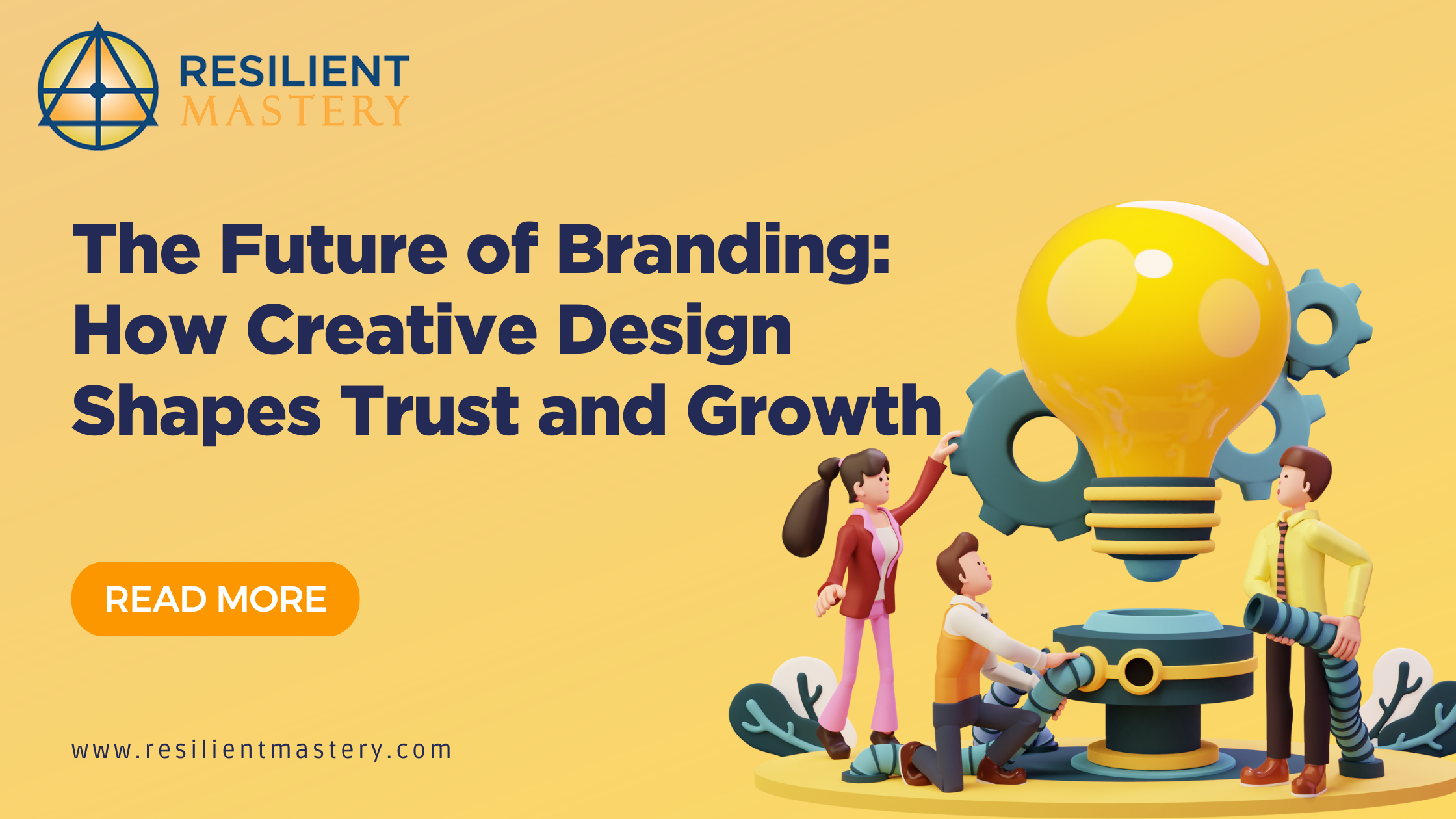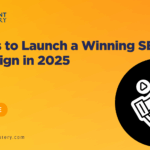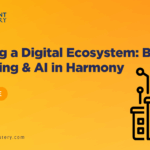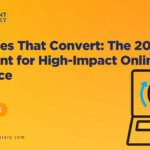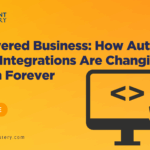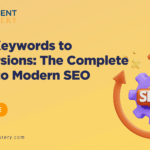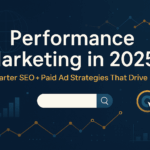Introduction: Why Branding Matters More Than Ever (The Future of Branding)
Branding has always been the heartbeat of business, but in today’s world, it is no longer confined to a logo, a slogan, or a clever color palette. In 2025, branding represents the soul of an organization — its values, its story, and the experiences it delivers at every customer touchpoint. Creative design is the medium through which that soul becomes visible, tangible, and trustworthy.
Consumers today are bombarded with choices. The businesses that win attention and loyalty are the ones whose branding builds trust at first glance and maintains it through consistency and authenticity. In fact, research shows that 81% of consumers need to trust a brand before making a purchase decision. Trust, then, has become the most important brand currency.
This article explores the future of branding, examining how creative design has evolved, why it is inseparable from growth, and how businesses can leverage it to stay relevant in the years ahead.
The Evolution of Branding
Yesterday’s Branding
A generation ago, branding was relatively straightforward. Businesses needed:
- A memorable logo
- A tagline that stuck
- Business cards and signage
These visual identifiers helped differentiate businesses in local markets. The competition was narrower, and consumer expectations were simpler.
Today’s Branding
Fast forward to today: branding must be multi-dimensional and omnipresent. It’s no longer enough to “look good.” A brand must:
- Be consistent across every platform (social, website, packaging, events).
- Build a sense of community and belonging.
- Provide experiences that reinforce the brand identity.
For example, brands like Airbnb don’t just sell lodging. They sell belonging. Their branding stretches across their app interface, their advertising, their community initiatives, and even their customer service interactions.
Tomorrow’s Branding
Looking ahead, branding will be:
- AI-driven: Personalization will be powered by machine learning.
- Immersive: Augmented reality (AR) and virtual reality (VR) will allow consumers to interact with brands in digital-first spaces.
Data-informed: Branding will be guided by real-time consumer insights, testing, and adaptive strategies.
What is Logo Design? Unveiling the Essence of Visual Branding
The Psychology of Trust
Why Trust is Branding’s Core Currency
Trust drives conversions. Without it, even the most creative design falls flat. In an era of misinformation and overexposure, customers need reassurance that your brand is safe, reliable, and authentic.
The Three Psychological Anchors of Trust
- Consistency: When a brand looks, feels, and sounds the same across all platforms, it reassures the customer. Inconsistent branding, by contrast, creates suspicion.
- Clarity: Simplicity in design communicates confidence. Confusing or cluttered design creates friction and mistrust.
- Authenticity: People gravitate toward brands that reflect real stories and values. Authentic design feels human, not manufactured.
Example: Apple’s minimalist design doesn’t just look sleek — it signals dependability and innovation, reinforcing trust at every level.
Creative Design as a Growth Engine
Branding is Not a Cost, It’s an Investment
Too often, small businesses see branding as an unnecessary expense. In reality, creative design is a growth multiplier. A well-designed identity system has a measurable return on investment.
📊 Stat: Companies with consistent branding across all platforms see an average 23% increase in revenue compared to those with fragmented identities.
The Growth Equation of Branding
- Recognition → Loyalty: Strong visual elements make a brand memorable, leading to repeat business.
- Storytelling → Conversion: Narratives woven into design inspire emotional connection, which translates into higher conversion rates.
- Differentiation → Market Share: Distinctive design helps businesses break through the noise and capture a bigger share of the market.
The Flywheel Effect
The more trust a brand builds through design, the more customers advocate for it. Advocacy turns into organic marketing, creating a growth loop that requires less ad spend over time.
Key Elements of Future-Ready Branding
Visual Identity 2.0
- Responsive Logos: Logos that adapt in scale and complexity depending on the platform (from a tiny app icon to a billboard).
- Motion Graphics: Animated elements that make digital branding dynamic and memorable.
- Design Systems: Unified style guides that extend across platforms, ensuring consistency.
Experience-First Design
Brands are judged on user experience as much as their products. Websites, packaging, and even email signatures must feel intentional and seamless.
AI-Enhanced Creativity
AI is not replacing designers — it’s amplifying them. Designers now use AI to:
- Generate rapid prototypes.
- Predict consumer design preferences.
- Test branding variations before rollout.
Sustainability and Ethics in Design
Consumers in 2025 demand more than beauty. They want their brands to reflect values:
- Eco-friendly packaging.
- Inclusive visual representation.
- Transparent supply chains.
Brands that ignore these elements risk alienating entire demographics.
Case Studies in Modern Branding
Airbnb: Belonging as a Brand
Airbnb’s 2014 rebrand introduced the “Bélo” symbol, designed to represent belonging anywhere. This simple design has since become synonymous with community and travel, helping Airbnb dominate its industry.
Pepsi: Evolving for Generational Relevance
Pepsi’s logo evolution shows how brands must adapt their design language over decades to remain relevant without losing recognition. Each redesign keeps core elements while refreshing the visual story.
Local Small Businesses: Punching Above Their Weight
Boutique coffee shops are leveraging creative packaging and local storytelling to compete against chains like Starbucks. Unique cup designs, Instagrammable store layouts, and hyper-local branding create loyalty loops.
🔗 Internal link suggestion: Link to Resilient Mastery’s “Packaging Design That Sells” blog.
Storytelling as the Heart of Branding
Why Story Matters
Creative design without story is decoration. Storytelling turns design into a strategic asset.
Types of Brand Stories
- Origin Stories: How the brand started (e.g., a garage startup).
- Customer Stories: Real-life testimonials that humanize the brand.
- Vision Stories: Where the brand is headed and why it matters.
Case Example: Nike
Nike’s “Just Do It” campaigns are not about shoes. They’re about human potential. The swoosh is a visual symbol, but the story of empowerment is what has made the brand immortal.
Future-Proofing Your Brand
Conducting Brand Audits
Businesses must regularly assess:
- Does our branding still reflect our values?
- Are we consistent across platforms?
- Do customers still resonate with our story?
Aligning Visuals with Values
Consumers will call out inauthenticity. Visual identity must reflect the real ethos of the business.
Using AI + Analytics
Tools like sentiment analysis and predictive design can reveal whether branding is resonating with audiences.
Professional Creative Partners
DIY branding can only go so far. Agencies like Resilient Mastery specialize in combining creative vision, performance marketing, and AI integrations to keep brands ahead of the curve.
Conclusion: The Time to Rebrand is Now
The future of branding is about more than aesthetics. It’s about designing trust into every interaction and making sure your brand story resonates in a noisy, digital-first world. Businesses that embrace creative, experience-driven, and values-based branding will grow. Those that don’t risk fading into irrelevance.
Resilient Mastery helps businesses transform branding into a growth engine. Whether you’re refreshing a logo, building a design system, or launching a complete rebrand, our team ensures your brand communicates trust and drives measurable results.

